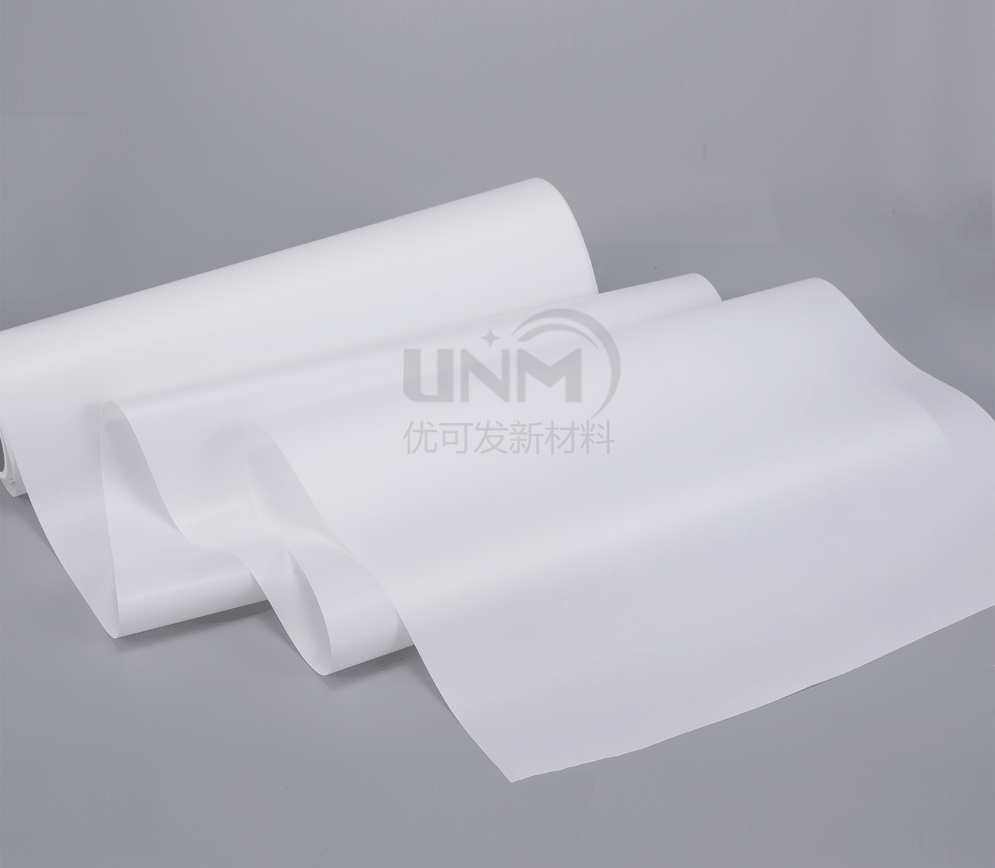A large area of domestic reverse osmosis membrane industrial application is still large boiler feed water and various industrial pure water, followed by drinking water market size, electronics, semiconductors, pharmaceuticals, , food, beverage, alcohol, chemical industry, environmental protection and other industries have also formed some scale. In recent years, with the development of the water purifier market, the application of RO reverse osmosis membrane and Japanese Ro reverse osmosis support cloth in the water purifier market has also played an increasingly important role, becoming the One of the major water purification technologies on the market.

Reverse osmosis Membrane reverse osmosis film The principle of reverse osmosis technology is to separate other substances from water based on the inability of other substances to pass through the semi-permeable membrane under the action of a higher osmotic pressure than the solution. The membrane pore size of the reverse osmosis membrane is very small, so it can well remove dissolved salts, colloids, microorganisms, organic matter, etc. in the water. The system has the advantages of good water quality, low energy consumption, no pollution, simple process, and easy operation.
Reverse osmosis membrane is the core component to achieve reverse osmosis. It is a kind of biological semi-permeable membrane made of simulated biological semi-permeable membrane. Artificial semipermeable membrane with some properties. Generally made of polymer materials. Such as cellulose acetate membrane, aromatic polyhydrazide membrane, aromatic polyamide membrane. The diameter of surface micropores is generally between 0.5 and 10nm, and the size of the permeability is related to the chemical structure of the membrane itself.
RO reverse osmosis uses sufficient pressure to separate the solvent (usually water) in the solution through the reverse osmosis membrane (a semi-permeable membrane) , the direction is opposite to the direction of osmosis, and the reverse osmosis method with a pressure greater than the osmotic pressure can be used to separate, purify and concentrate the solution. Reverse osmosis technology can effectively remove impurities such as dissolved salts, colloids, bacteria, viruses, bacterial endotoxins and most organic matter in water. The main separation object of the reverse osmosis membrane is the ion range in the solution. It can effectively remove salt from the water without chemicals. The system salt removal rate is generally more than 98%.
Japanese Ro reverse osmosis support cloth is the support material of Ro reverse osmosis. It has high strength and good high temperature resistance (can be used at 150 ℃ environment, long-term use and instantaneous temperature around 200 ℃), aging resistance, high breathability, resistance to strong acids and alkalis, etc. Because the melting point of polyester is around 260°C. Japan Ro reverse osmosis support fabric In environments that require temperature resistance, it can maintain the stability of the appearance and dimensions of the non-woven fabric. Japan Ro reverse osmosis support fabric has been widely used in thermal transfer printing, transmission oil filtration, and some composite materials that require high temperature resistance. Interested parties are welcome to enter the store and consult us.
</p



